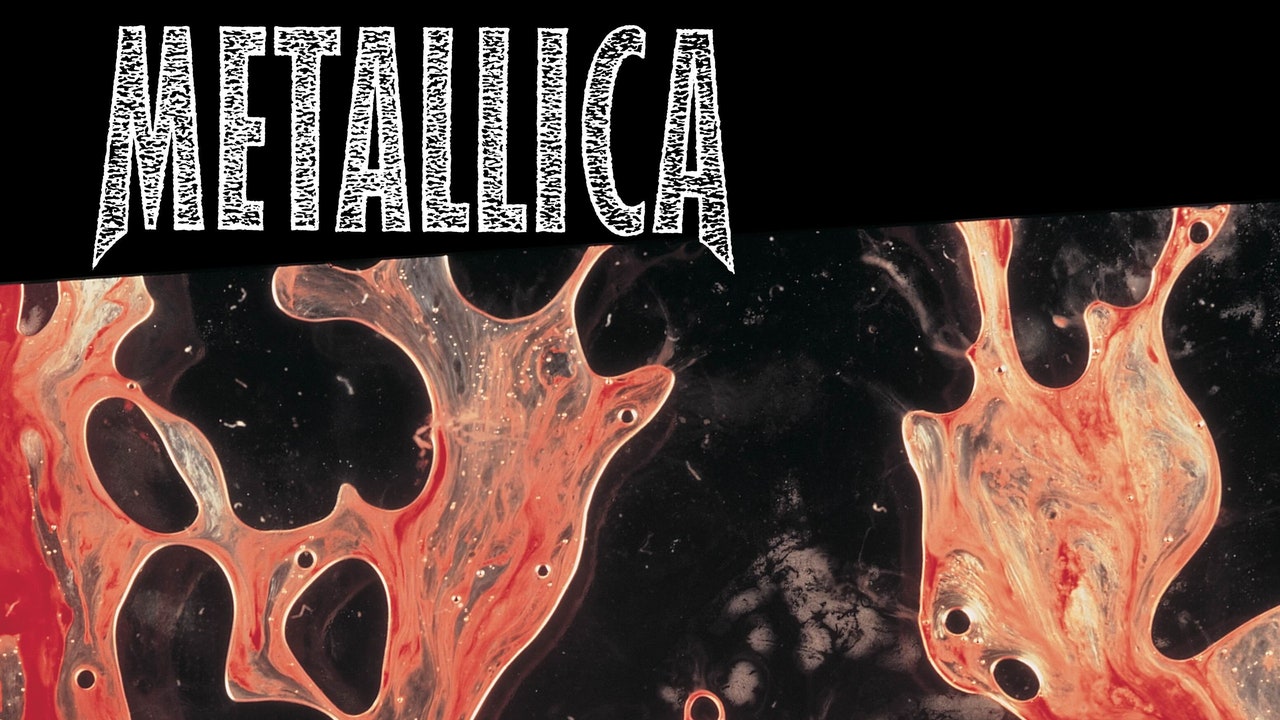James Hetfield sing-grunts the word “bitch” six times on “Ain’t My Bitch,” the comically distasteful opening track off Metallica’s 1996 album Load, taking great pains to never pronounce it the same way twice. In the first chorus it’s “biiiiii-tchah” plus a kind of “beeyotch…ohhhhh,” while in the second chorus he goes “betch-yah,” then “beyaaaaatch,” followed by “biiiiiiiihiiiiiiitch-no-it-ain’t-mine,” and finally, a single, gleeful, guttural “OOH!” followed by a word that sounds like a combination of “BINCH!” and “BELCH!” on the outro. It’s this kind of psychotic attention to completely unnecessary detail that helped Metallica establish themselves as the progenitors of a particularly brutal brand of thrash throughout the 1980s, as well as spend the mid-’90s and early 2000s just as adeptly dismantling almost every iota of that goodwill. Metallica were iconoclasts, waging perpetual war against eardrums, the music industry, their peers, and even their own members. And with Load, there’s more than a little truth to the notion that the band had found a new target for ire: its own fans. It’s the slow album, the sellout move, the hard rock record whose packaging was littered with deliberate provocations. And now, there is more of it than ever.
“All preconceived and preexisting ideas of who we are and what we’ve done are at a point right now where we’re standing at a massive potential point of rebirth,” declared Lars Ulrich in an interview with the official Metallica fan club magazine leading up to the original album, which appears in the 128-page book accompanying the box set edition of Load’s recent reissue. The fact that Ulrich’s statement is a little incoherent is a perfect encapsulation of how, by the mid-’90s, Metallica were certainly going for something, but no one, including them, was exactly sure what that something was. They’d scrapped their original, unfathomably cool logo for something blandly modern, the spiky typographical flourishes on the M and A of the original sanded off in favor of a sans serif containing only a hint of the danger. They got haircuts, trendy ones, which for reasons too convoluted to get into, infuriated their fanbase.
The drastic visual rebrand inadvertently primed Metallica’s audience for the sound of Load itself, which cast off even the barest vestiges of their thrash past and was instead chock-full of unsettlingly lumbering riffs, boogie-woogie-oogie solos, talk box fart sounds, spoken word drivel, a heavy Skynyrd influence, and even a straight-up country song. Load’s cover image, a pre-existing work by the conceptual artist Andres Serrano, has been read as a provocative response to society’s newfound paranoia about the body and its functions amid the AIDS crisis, or perhaps an exercise in intermingling symbols of life and death, creativity and decay. It is also, textually, a picture of blood intermingling with jizz. Such is the duality of Metallica, a band who even and perhaps especially at their best walked the fine line between totalizing brilliance and knuckle-dragging brutality.
